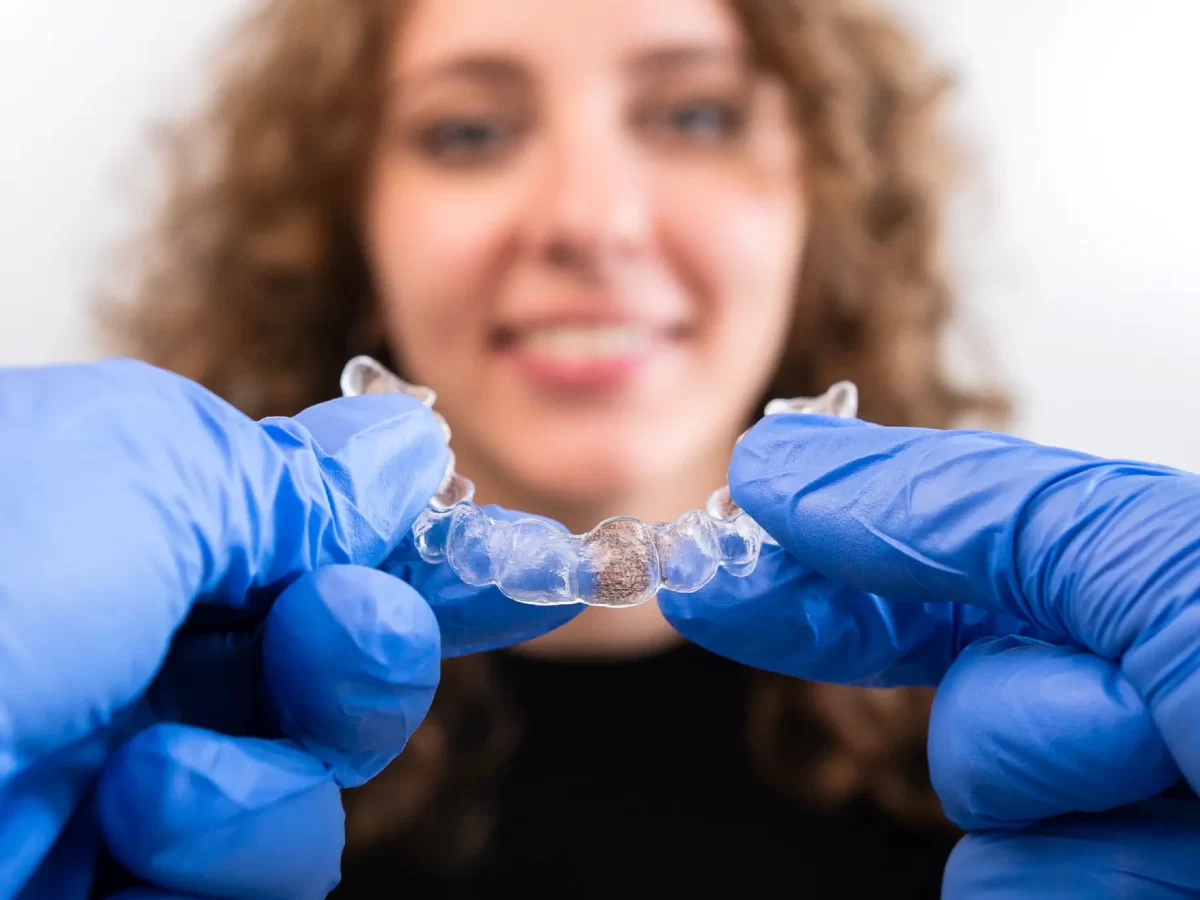Blog
Dental hygiene tips for healthy teeth & gums

Can An Orthodontist Fix A Crooked Smile?
A misaligned smile can impact not only your appearance but also your confidence and overall dental health. Fortunately, modern orthodontics offers effective solutions to straighten and enhance uneven teeth. With accessible orthodontic treatments, individuals can correct their crooked smiles and enjoy long-lasting results.
Understanding Crooked Smiles
Various factors can contribute to a misaligned smile, including genetics, jaw abnormalities, or early habits like thumb-sucking. Aside from affecting appearance, misaligned teeth can lead to practical issues such as uneven tooth wear, an increased risk of gum disease, and challenges in cleaning between teeth.
The Solution for a Crooked Smile: Orthodontics
Orthodontics, a specialized branch of dentistry, focuses on diagnosing, preventing, and treating misaligned teeth and jaws. Orthodontic professionals use a range of tools and techniques to straighten teeth, align bites, and improve overall oral health.
Assessment of the Situation
The first step in straightening a crooked smile is a comprehensive orthodontic evaluation. During this assessment, the orthodontist examines the patient’s jaw structure, facial profile, and teeth. X-rays, photographs, and impressions may be taken to fully understand the misalignment and determine the most suitable treatment approach.
Orthodontic Treatment Options
Several popular orthodontic treatment options are available:
- Traditional Braces: Conventional braces consist of metal brackets attached to each tooth, connected by wires, and secured with bands. This time-tested orthodontic method effectively addresses various levels of misalignment and provides precise control over tooth movement.
- Clear Aligners: Clear aligners, such as Invisalign, have gained popularity due to their discreet and removable nature. These custom-made transparent plastic trays gradually shift the teeth into their correct positions. Clear aligners are especially appealing to individuals seeking a less noticeable alternative to braces.
- Ceramic Braces: Ceramic braces use tooth-colored or clear brackets and wires, making them less conspicuous than traditional braces. This option offers the aesthetic appeal of braces without compromising their effectiveness.
- Lingual Braces: Lingual braces are virtually invisible when placed on the inner surface of the teeth. They provide the accuracy of traditional braces while offering a discreet treatment option for those who prefer it.
The Treatment Process
The orthodontic treatment process for a crooked smile typically includes the following steps:
- Initial Consultation: The orthodontist conducts a thorough examination, discusses available treatment options, and addresses any questions or concerns during the initial appointment.
- Treatment Planning: Based on the assessment results, the orthodontist develops a personalized treatment plan outlining the recommended course of action and the expected timeframe for completion.
- Appliance Placement: Depending on the chosen treatment plan, the patient’s teeth are fitted with braces or clear aligners. This involves attaching brackets to each tooth and threading wires through them for traditional braces. Custom sets of clear aligners are provided to gradually reposition the teeth.
- Regular Adjustments: Regular appointments with the orthodontist are essential during treatment. These visits allow for adjustments to braces or aligners, ensuring consistent progress toward the desired outcomes.
- Completion and Retention: Once the teeth are properly aligned, the orthodontist removes the braces or clear aligners. To prevent relapse, a retainer may be recommended. Retainers help maintain the new alignment while the surrounding tissues adapt.
Conclusion
A crooked smile doesn’t have to be a permanent condition. Thanks to advancements in orthodontic treatments, individuals seeking Orthodontics in Crosby, TX, can now enjoy the numerous benefits of a straighter, healthier smile at Crosby Family Dental. The first step in transforming a crooked smile into a confident and radiant symbol of oral health and well-being is to consult with an experienced orthodontist, whether you choose clear aligners, traditional braces, or another orthodontic solution.


